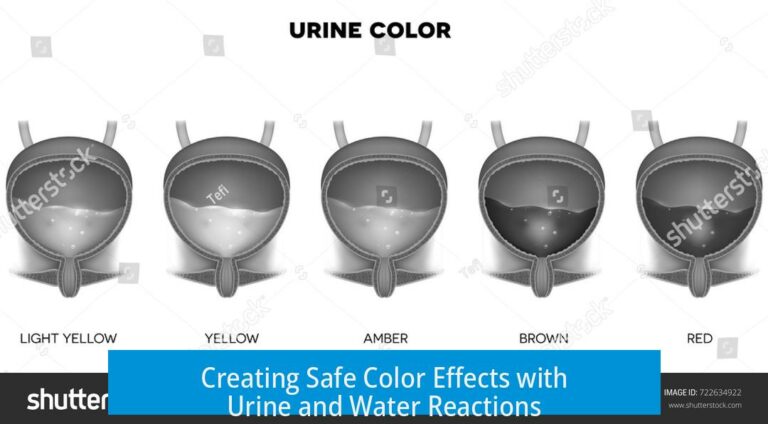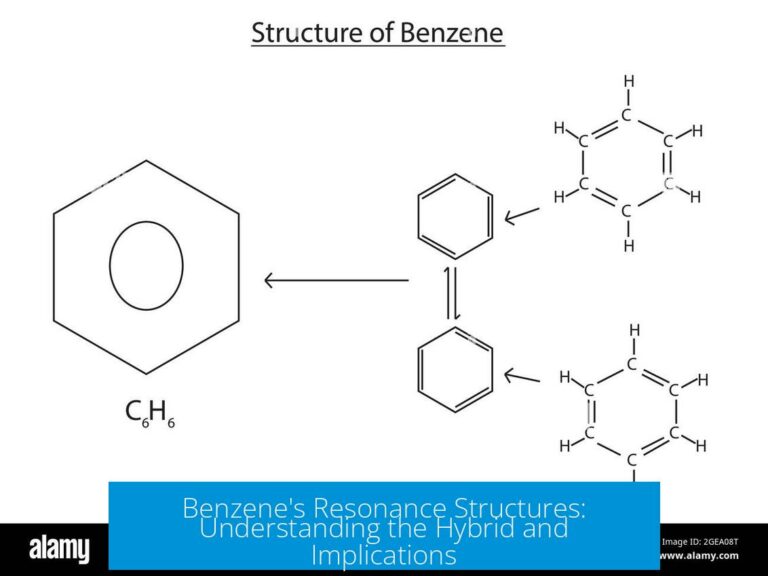Understanding the Greatest Reaction Yield Ever Recorded

The greatest reaction yield ever recorded is a complex subject without a definitive maximum value because reported yields exceeding 100% often arise from measurement errors, impurities, or procedural inaccuracies. In practical chemistry, reactions can come very close to 100% yield, termed “quantitative yields,” but a true 100% yield is effectively unattainable due to inevitable molecular losses.
Why Are Yields Over 100% Reported?
Instances of yields surpassing 100% appear frequently in undergraduate and research laboratory settings. For example, students sometimes report yields as high as 250-280%. These inflated values usually result from factors such as:
- Wet or impure products weighed without drying
- Incomplete removal of solvents or residual reagents
- Failure to tare containers before weighing
- Inclusion of non-product substances like salt impurities
For instance, one student noted a 272.7% yield because the product was unusually wet. Others admit to “improving their yields” by not drying their samples or including impurities.
Reactions Approaching 100% Yield
Certain reactions are known to routinely achieve yields near 100%, commonly classified as quantitative reactions. Examples include:
- Click chemistry reactions, which are designed for high efficiency and selectivity
- Industrial polymerizations such as polyethylene or nylon synthesis, where step-growth polymerizations need near-complete conversion to form high molecular weight polymers
- Saponifications and hydrolytic removal of protecting groups in organic synthesis
- Solid-phase syntheses, like DNA oligonucleotide assembly, requiring close to 100% yield per residue to avoid exponential yield loss
Industrial processes, such as Bayer’s acetylsalicylic acid production, achieve yields close to 99% or greater, although some large-scale manufacturers manage lower step yields but compensate by recycling reactants.
Limits to Reporting Exact 100% Yields
It is generally recognized that 100% yield, in absolute terms, is nearly impossible to verify. Measurement uncertainties, mechanical losses during transfers, and analytical limitations lead chemists to report yields as “quantitative,” “>99%,” or approximate values close to 100%. Reporting exact 100% is often avoided because:
- There are always minimal unreacted starting materials
- Mechanical and procedural losses reduce the isolated amount
- Residual solvents and impurities can cause slight deviations
Some chemists adopt reporting conventions that reflect these realities, noting yields as “>99%” or “quantitative” to signal near-complete reaction without overstating precision.
Practical Considerations Affecting Yield Values
Several factors influence reported yields beyond the intrinsic efficiency of the chemical reaction:
| Factor | Effect on Yield |
|---|---|
| Impurities (e.g., NaCl, residual solvents) | Inflate mass, causing yields >100% |
| Measurement errors (e.g., not taring containers) | Lead to inaccurate product weights |
| Scale of reaction | Small scale reactions lose more material during workups |
| Product wetness | Additional mass from solvents increases apparent yield |
Yield values always contain some margin of error. Reporting best yields is a tradition in literature, even though actual yields may vary within a range.
Special Cases and Reactions with Remarkable Yields
- Highly insoluble precipitations, like barium sulfate formation, can proceed to nearly 100% yield.
- High explosives may detonate completely, implying near-total conversion of reactants.
- Rapid conversions (e.g., coupling in solid-phase peptide synthesis) can show high conversions in seconds, though isolated yield may differ.
Why There Is No Single “Greatest” Yield
The interpretation of the “greatest reaction yield” depends on context:
- Yields above 100% lack chemical meaning and result from analytical artifacts
- Reactions with yields practically at 100% are considered quantitative but cannot guarantee absolute perfection
- Different reaction types have varying theoretical maximum yields based on stoichiometry and side reactions
- Industry prioritizes overall efficiency and profit, often accepting lower yields with recycling strategies
Thus, a perfect yield in theory is rare and usually confined to specific analytical or synthetic contexts, sometimes described as “quantitative” to reflect the practical limits of measurement.
Key Takeaways
- Reported yields above 100% do not represent true reaction efficiency but measurement errors or impurities.
- Quantitative yields close to 100% are attainable in many reactions, especially in industrial and analytical chemistry.
- Absolute 100% yield is practically unachievable due to unavoidable molecular losses and measurement limits.
- Reporting practices often use terms like “quantitative” or “>99%” rather than exact 100% to reflect these realities.
- Reaction yields vary by reaction type, scale, and measurement precision; no single “greatest yield” exists.
What causes reaction yields to exceed 100%?
Yields over 100% usually come from impurities or measurement errors. For instance, wet product or residual salts can add weight, inflating yield figures. These are common in student labs or rough measurements.
Are there reactions that regularly give yields close to 100%?
Yes, some reactions are nearly quantitative. Examples include click chemistry, saponifications, and solid-phase DNA synthesis. Industrial polymerization also often reaches near-perfect yield for product continuity.
Is a true 100% yield possible in chemical reactions?
Practically, a perfect 100% yield is almost impossible. Minor losses occur in workup and transfer steps. Scientists often report “quantitative yield” or >99% to reflect near-complete conversion within measurement limits.
What industrial examples demonstrate high reaction yields?
Bayer’s synthesis of acetylsalicylic acid reportedly approaches 100%. Large-scale manufacturers recycle unreacted material to maximize overall yield and efficiency despite individual batch yields below 10% in some cases.
Why do yields vary so much in undergraduate labs compared to industry?
Undergrad labs sometimes report exaggerated yields due to unclean products, improper weighing, or no drying. Industry uses refined protocols and equipment, ensuring more accurate and reliable yields closer to theoretical values.





Leave a Comment